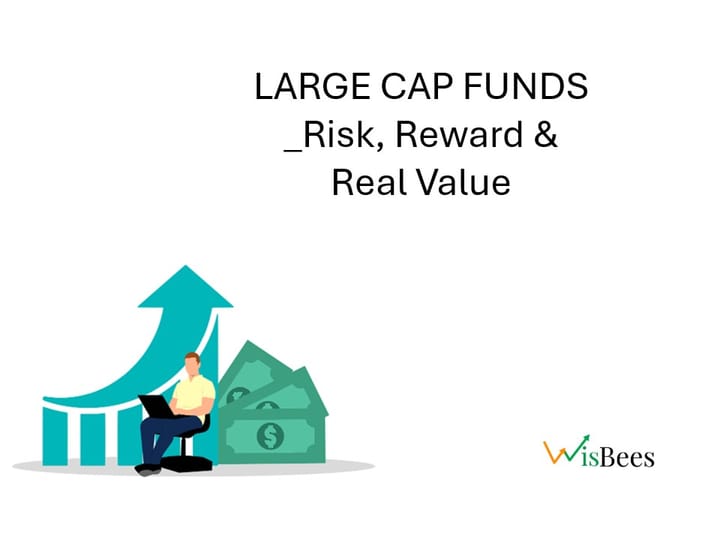Sectoral and Thematic Funds: Understanding the Trends, Risks, and Opportunities

Introduction
I still remember walking with my friend one evening around mid to late 2023 when he passingly mentioned to me a little-known PSU shipbuilding stock, and how he had noticed some early signs before a big move. At that time, I brushed it off as a one-off defense play but to my amazement, within the next year Mazagon Dock’s share price surged 151% in 2024, going from around ₹1,900 to nearly ₹4,960 (post-split adjusted). This wasn’t just about one stock — it reflected how thematic and sectoral bets, particularly in defense and PSU-focused funds, were capturing market momentum fueled by government reforms, rising defense allocations, and strategic national priorities.
It made me realize that to truly understand where such opportunities emerge, one must first understand the structure and intent behind sectoral and thematic funds.
- Beyond the Hype: Sectoral and thematic funds can deliver explosive returns, but they are highly sensitive to timing and macroeconomic trends.
- Know the Difference: Sectoral funds focus on a single industry; thematic funds cover multiple sectors under a broader theme like ESG, PSU, or consumption.
- Returns Come with Risks: These funds carry high to moderate risk and often lack diversification. Volatility is part of the package.
- Long-Term Horizon is Key: Ideal for investors who can stay invested for 5–7 years and actively track market trends and policy shifts.
- Smart Evaluation Wins: Use metrics like rolling returns, alpha, and standard deviation. Don’t just chase past performance or brand names.
- Don’t Bet the Farm: Limit exposure to 5–10% of your portfolio and pair with diversified equity or debt funds for stability.
What are Sectoral and Thematic Funds?
Sectoral and Thematic funds, although usually spoken in conjunction, have distinct characteristics:
• Sectoral funds invest in companies within a specific sector such as pharmaceuticals, banking, or energy.
• Thematic funds invest across sectors that tie into a broader theme like infrastructure, ESG, PSU, or consumption.
Key Differences Between Sectoral and Thematic Funds
| Fund Type | Focus Area | Risk Level | Diversification | Ideal for |
|---|---|---|---|---|
| Sectoral Fund | Single sector (e.g. Pharma, Banking) | High | Low | Advanced investors with high risk tolerance |
| Thematic Fund | Multi-sector, based on theme (e.g. ESG, PSU) | Moderate | Medium | Aggressive investors with medium risk tolerance |
Benefits and Risks
Sectoral and Thematic funds are appealing to investors seeking higher returns in exchange for higher risks. These funds can deliver exceptional returns if timed correctly but also carry the risk of significant volatility. They typically follow a focused investment strategy, lack broad diversification, and are highly sensitive to macroeconomic trends, regulations, and policy changes.
Historical Evolution and Recent Trends
Introduced post-1991 liberalization, these funds gained popularity as Indian sectors like IT, banking, and telecom opened to investors. SEBI later mandated that 80% of assets must be invested in the specified sector or theme, ensuring alignment.
The 2010s brought a boom in financial inclusion and risk appetite, boosting interest in sectoral/thematic funds. By 2024, inflows rose from ₹30,840 crore in 2023 to ₹1.4 lakh crore, driven by growth in sectors like manufacturing, defense, and infrastructure.
How to Evaluate and Invest in These Funds
Before investing, ask yourself:
• Do I understand the cyclical nature of this sector/theme?
• Can I stay invested for at least 5-7 years?
• Am I actively tracking macro trends and policies?
Investors should:
• Compare 1-, 3-, and 5-year rolling returns against benchmarks.
• Look for positive alpha (outperformance) and lower standard deviation (stability).
• Evaluate the fund manager’s experience.
• Consider the fund’s expense ratio, exit load, and tax implications.
Experts suggest limiting exposure to 5–10% of your total portfolio and pairing with diversified equity/debt funds for balance.
Conclusion
The growing popularity of sectoral and thematic funds shows how investors have matured and become more selective. Many have profited handsomely, but many others have suffered due to mistimed entries or lack of research. These funds are not a one-size-fits-all solution — they require vigilance, insight, and patience. Make sure they align with your risk appetite and long-term goals before putting your eggs in this focused basket.



